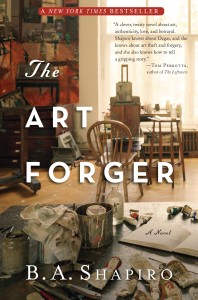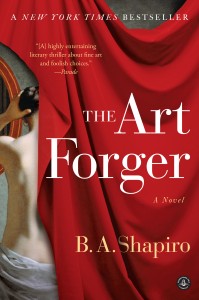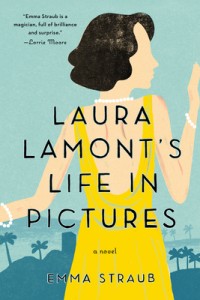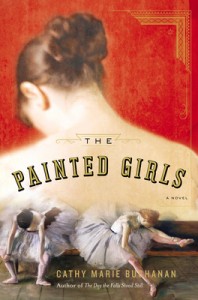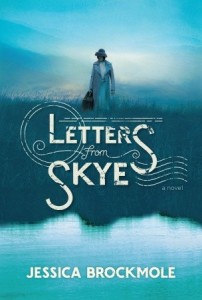The Art Forger is complex and fascinating fiction that matches Isabella Gardner, a complex and fascinating woman. She is the only woman in history to have established an art museum in her name. In the 1890s, she traveled to Paris and Italy to acquire 2,500 artworks for her museum. Only one of the museum’s paintings, an Edward Degas, is the subject here – “After the Bath,” supposedly part of Degas’ bathing series. But, it too is fiction: “Bath I” does not exist.
Claire Roth is the art forger of “Bath II.” She’s a struggling, workaholic artist living in her studio in a factory building in Boston’s South End. She’s a recognized expert on Edward Degas, and copies artworks legitimately for Reproductions.com. Claire knows how to date and authenticate old paintings. She conducts tests for “craquelure, oxidation, soft stretchers, brittle linen fibers, rusted nails, dust.” For all her talents, she is a “pariah” in the art world because of a liaison with a former art professor, Isaac, a second interesting storyline revealed in retrospective chapters entitled, “Three Years Earlier.”
The novel is a mini art course. The prose is crisp and so detailed in describing the reproduction process that I wondered if Shapiro is an artist herself. According to her informative website on creative writing (she teaches it at Northeastern University in Boston, which explains her intimate knowledge of the city), she’s taken art courses and has been intrigued with the Gardner theft for nearly twenty years. The reader is the beneficiary of the longevity of her research and thinking. But you do not have to be an art lover to appreciate this book – just a reader who appreciates creativity.Sprinkled throughout are beautifully composed and imagined letters from “Belle” to her beloved niece and closest friend, Amelia. This correspondence provides glimpses into Bostonian mores at the turn of the century, and important clues surrounding “Bath I.”
Claire Roth is a very likable protagonist, also important because we cannot help but root for her. She gets deeply mixed up with Aiden Markel, a famous gallery owner, who offers her a proposition she cannot refuse: forge an original Degas, part of the stolen Gardner cache, in exchange for a showing of her “Window Series,” realistic Bostonian “windows from the outside in and the inside out.”
Claire’s passion for Degas is palpable:
“I cut my teeth on Degas as a kid in museum classes. And now, one of his original works, touched by the great man himself, right in my very own studio, only a couple of feet away … My heart races. I’m going to have the good fortune of living with a work by Degas, touching it, breathing it, studying its every last detail, ferreting out the master’s secrets … I can hardly breathe.”
The prose is ardent and immensely enjoyable (except for about 2% obscenities, but they are appropriately placed to express the injustices Claire has endured and endures). The writing lets us inside the mindset of both the “insanity of the artist” and the “insanity of the collector”:
“It’s the rush of knowing you have it, that it’s yours, and no one else can ever see it … It’s like an addiction. No, it is an addiction, one serious collectors can’t and probably don’t want to control. We’re not talking regular people here.”
Sleepless, driven Claire manages to also volunteer at a prison teaching art to incarcerated male juveniles. Even there, she encounters obstacles. This third storyline adds depth to Claire’s character. As a reader, you will care what happens to her. We want a just outcome. You’ve got to read the book to find out!
Years ago, I was a psychology student at Northeastern U. who had wanted to be a journalist. Oh how I would have loved to take a creative writing class taught by Professor Shapiro!
Happy Reading, Lorraine
